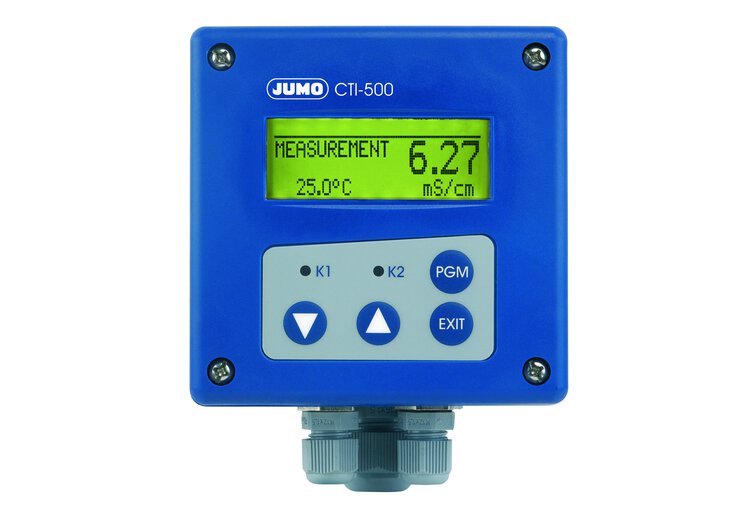
Frequently asked questions on analytical measurement
All frequently asked questions about the products Microprocessor-based transmitter/controller JUMO dTRANS pH 01, dTRANS Rd 01, JUMO dTRANS Lf 01, JUMO dTRANS Rw 01, Inductive conductivity/concentration and temperature transmitter JUMO CTI-500






